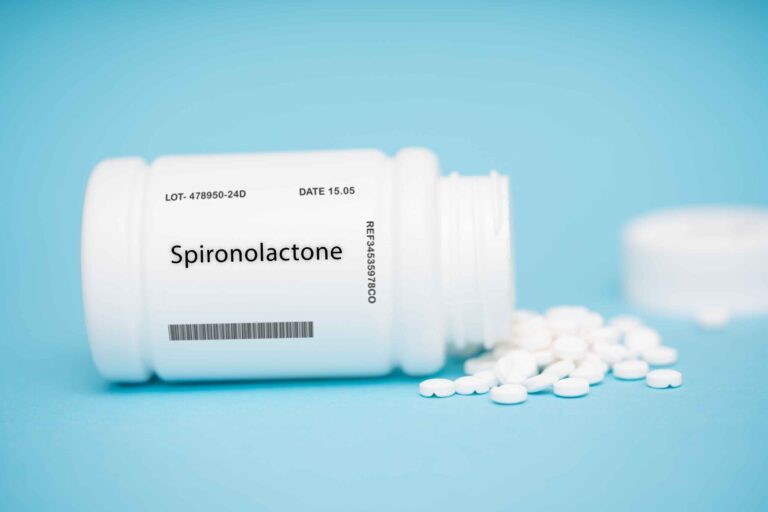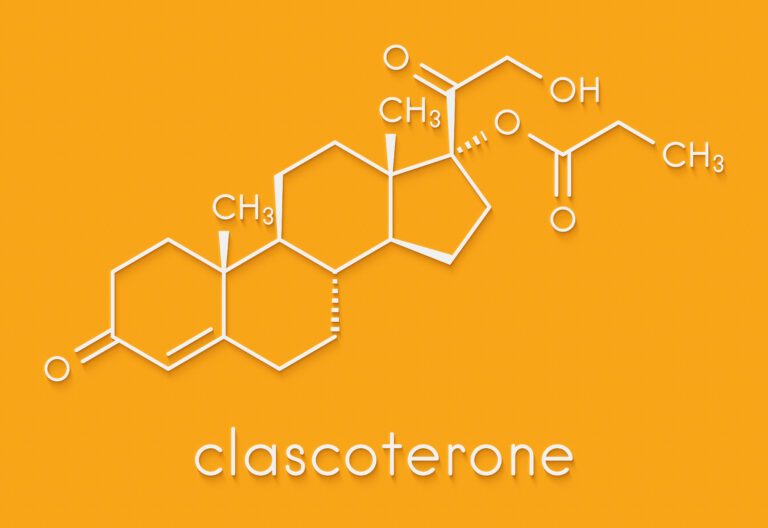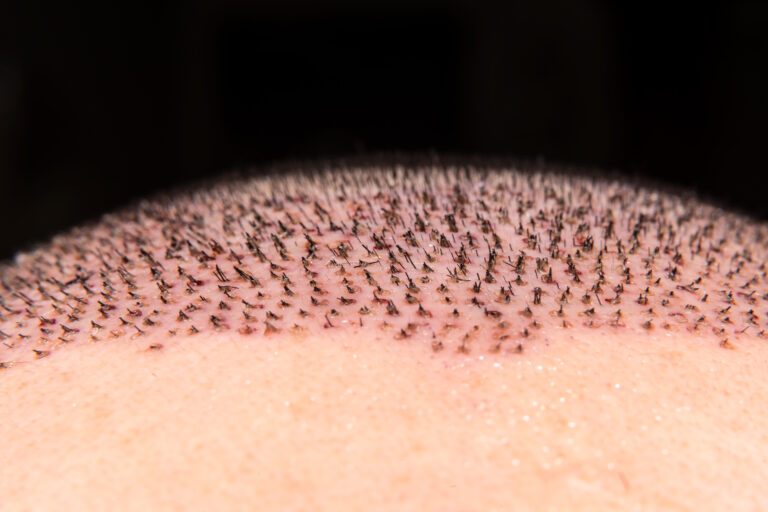Is Dutasteride Shedding Inevitable? Here’s What You Need to Know
Most people aren’t too fond of treatments that take a long time to show significant improvement in their conditions. But what if, the treatment causes more deterioration before things get better? That must be tough! As a matter of fact, this is exactly what happens while using Dutasteride.
Dutasteride shedding is a common side effect that many users experience after a few weeks of using that medicine. The quick shedding period could last for several weeks until the user’s system adjusts to the hormonal changes caused by the drug.
Here’s a detailed explanation of why Dutasteride shedding happens, and what to expect during that time.
How Does Dutasteride Work?
Dutasteride is a medicine that is typically prescribed for treating a benign form of prostate enlargement. It’s also a 5𝞪 reductase inhibitor (5ARI), which means that it can reduce the conversion of testosterone to dihydrotestosterone (DHT).
For some time, specialists thought that it was testosterone that caused excessive hair loss. However, researchers found out that DHT is the factor responsible for androgenic alopecia. Since then, they have been constantly looking for ways to keep DHT from reaching hair follicles.
One of the best ways is to prevent it from forming in the first place. Dutasteride does just that. The 5ARI keeps 90% of DHT from reaching the hair follicles.
This usage is off-label, and the treatment of hair fall using Dutasteride or similar drugs has not yet been approved by the FDA.
Why Some People Experience Shedding?
The soundness of hair follicles is the main factor that keeps hair strong, healthy, and dense. A large number of men, easily nearing half of all 40-year-olds, experience natural hair loss in what is known as androgenic alopecia, or male pattern baldness.
This natural shedding is caused primarily by the hormone dihydrotestosterone (DHT). This substance is a derivative of testosterone, and it often weakens the hair follicle to the point that it can no longer grow hair.
Shedding happens when DHT is blocked, and then the hair growth cycle restarts. The hair transitions suddenly from the resting (telogen) phase to the shedding (exogen) phase.
It’s worth noting here that people respond differently to sudden hormonal changes. Some individuals are more sensitive to such fluctuations and respond by shedding their hair faster and in larger amounts.
Additionally, genetic factors play an important role in how hair follicles respond to the excess and depletion of DHT. In both situations, some individuals are predisposed to shed their hair in the transition phase.
Another factor that needs to be considered is how long a person has been experiencing hair loss. After a long period, DHT miniaturizes and weakens hair follicles to the point that they can’t retain healthy strong hair for too long. In that case, they shed more readily.
What Is Dutasteride-Related Shedding?
Dutasteride and similar hair fall treatments contain substances that inhibit the conversion of testosterone to DHT, thus salvaging the hair follicles, and letting them grow healthy dense hair.
This treatment takes a while before any improvement becomes discernible. And there’s an even bigger issue; initially, Dutasteride accelerates the hair growth cycle, which weakens mature hairs. These shed hairs are soon replaced by healthier ones that do not readily fall off.
Does Dutasteride Cause Hairfall?
Ironically, Dutasteride could cause hair fall at the early stages of taking the medicine. It’s quite common for users to notice that their hair is falling at a much higher rate. However, this phase is typically limited, and soon, new healthy hair starts regrowing.
It’s worth noting that not everyone has to experience shedding post-treatment. Additionally, the severity and scale of shedding are not the same for all users.
When Does the Shedding Start?
Shedding often starts 2-6 weeks after starting Dutasteride treatment. Many doctors refer to this initial phase as the “dut shed”. The timing varies from person to person, as the hair growth cycles differ, as well as, how the body metabolizes Dutasteride.
When Does the Shedding End?
The Dustasteride shed is primarily a temporary side effect, and it actually shows that the medicine is working. Typically, this lasts for several weeks to a few months.
Naturally, taking anti-hair fall medicine that causes hair shedding is a frustrating matter. Especially, if it takes more than a few months. Understandably, some patients stop taking Dutasteride, right before they see the positive results of using the drug!
Most doctors recommend using Dutasteride regularly for 6-12 months before making a final decision about long-term treatment.
In Conclusion
No medicine is perfect or free from side effects. Dutasteride isn’t any different. Many users experience more hair fall as they start their treatment, but that phase doesn’t last too long. Patience is key here, as the positive outcomes take a while to appear.







